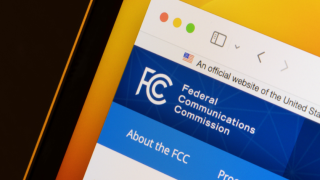The technology will allow the operator to accelerate 4G and 5G rollout in a more environmentally friendly manner while boosting capacity in areas that need it most.
The converged operator currently has more than 1,300 live small cell sites across London with the aim of offering cheaper, cleaner and more flexible solutions to boost its network capacity in high-density urban areas.
The sites typically have a range of 80-120 metres and are installed with “minimal disruption”, targeting congestion across the network and minimising outages.
Theo Blackwell, chief digital officer for London said: “This is further good news for London’s digital infrastructure. It comes about through our partnerships on the ground between boroughs and telecommunications, supporting local rollouts.
“Small cells don’t just mean much better connections, they also boost jobs and growth, helping us to build a better London for everyone. It’s great to see this investment continuing across London.”
Additionally, VMO2 has developed a small cell solution which can be deployed within bus shelters.
The trials, created in partnership with Freshwave involve new small cells connected to the fibre within bus shelters that are 5G ready.
This, VMO2 says, will drastically cut down on red tape and planning process as the firm works with architects and city planners to implement the cells as new buildings are erected.
“Building a 5G network is a complex job, so we are constantly looking at ways to create efficiencies via collaboration with partners that will ultimately benefit our customers,” said Jeanie York CTO at VMO2.
“Technologies such as small cells help us increase network bandwidth, which allows us to keep up with customer demand, with data traffic levels increasing 34% year on year.”






